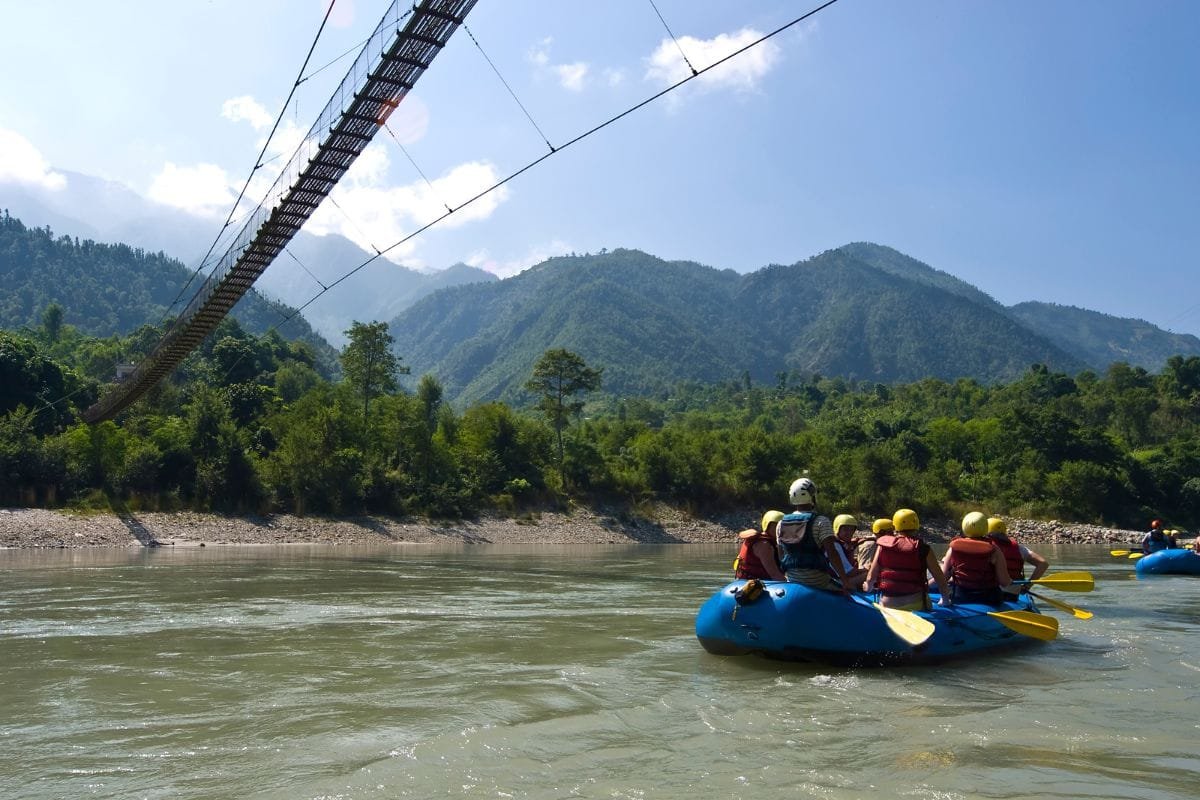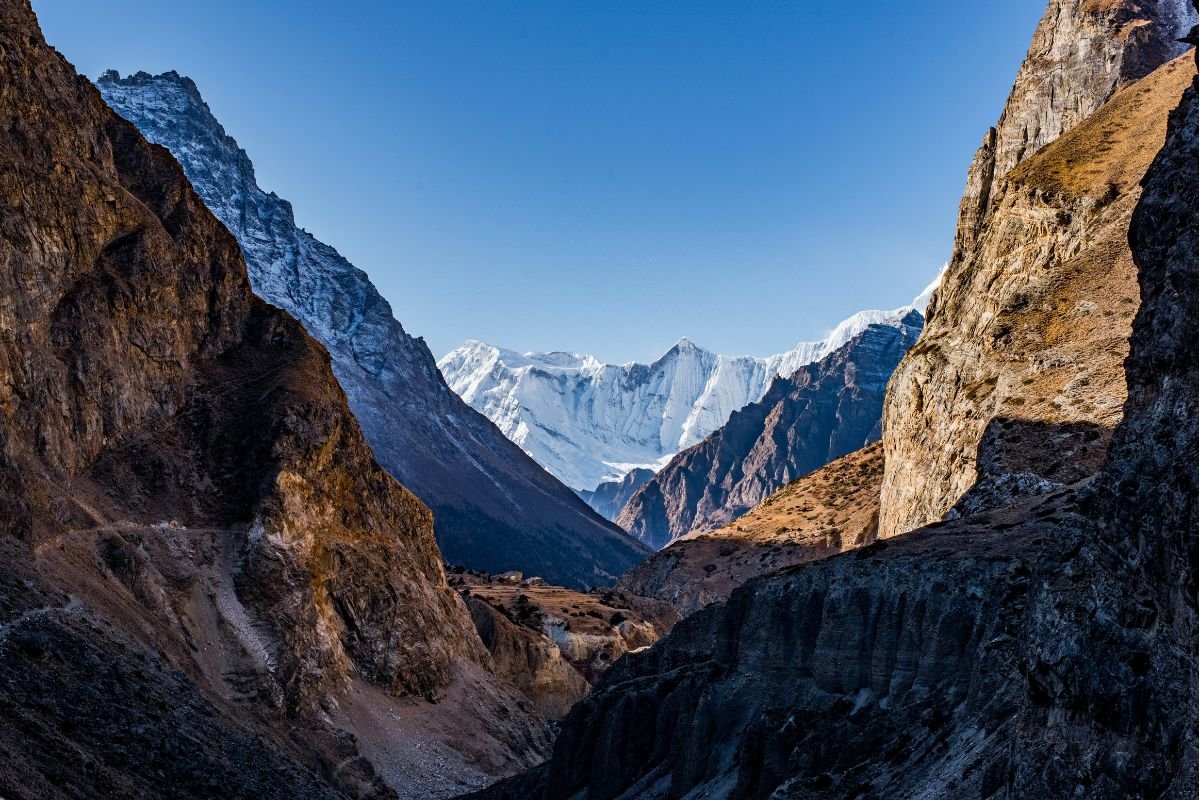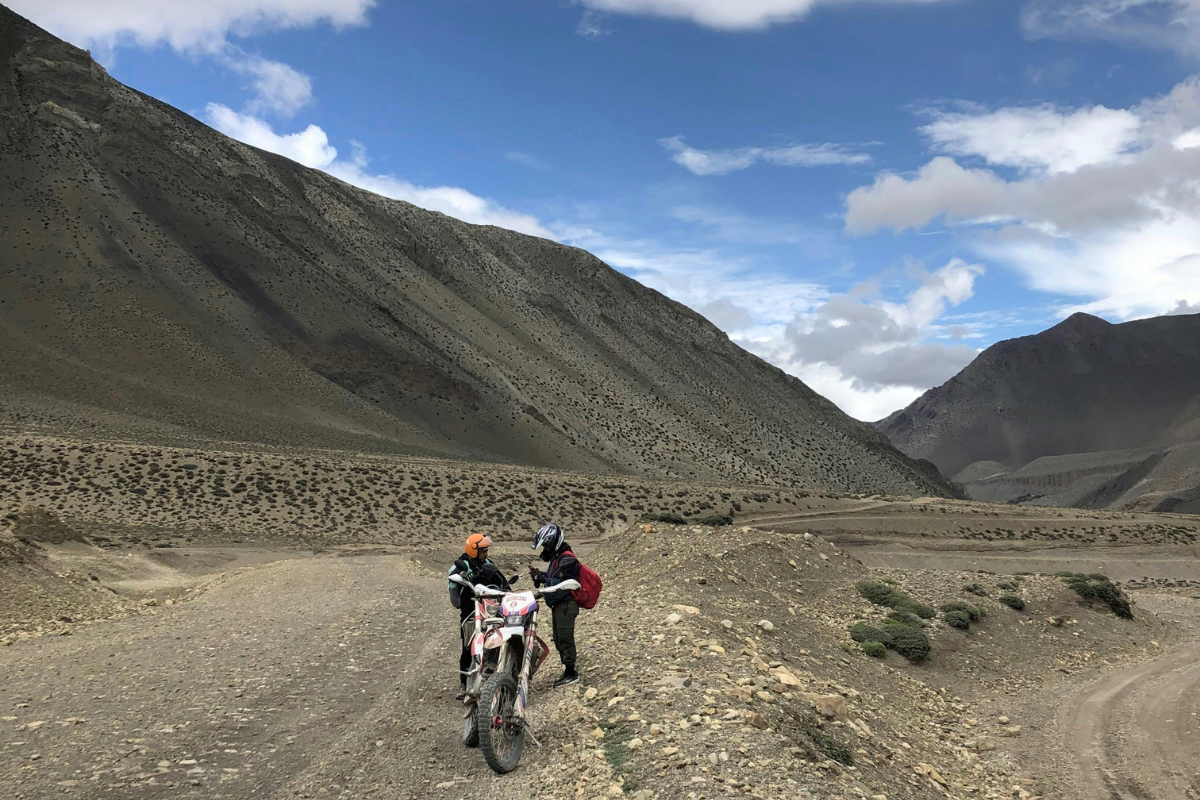One of the most well-liked trekking routes in Nepal is the Annapurna Base Camp (ABC) trek. It draws thousands of trekkers every year with its combination of verdant forests, mountain culture, and breathtaking Himalayan views.
When organizing this trek, one important concern comes up: Is a guide required for Annapurna Base Camp?
The quick response is: ✅ Yes, all foreign hikers are now required to have a guide.
Beyond the obligations of the law, though, many hikers wonder if it’s worthwhile to hire a guide. What are the benefits and drawbacks?
Let’s break it down.
🧭 Is a Guide Required for ABC Trek?
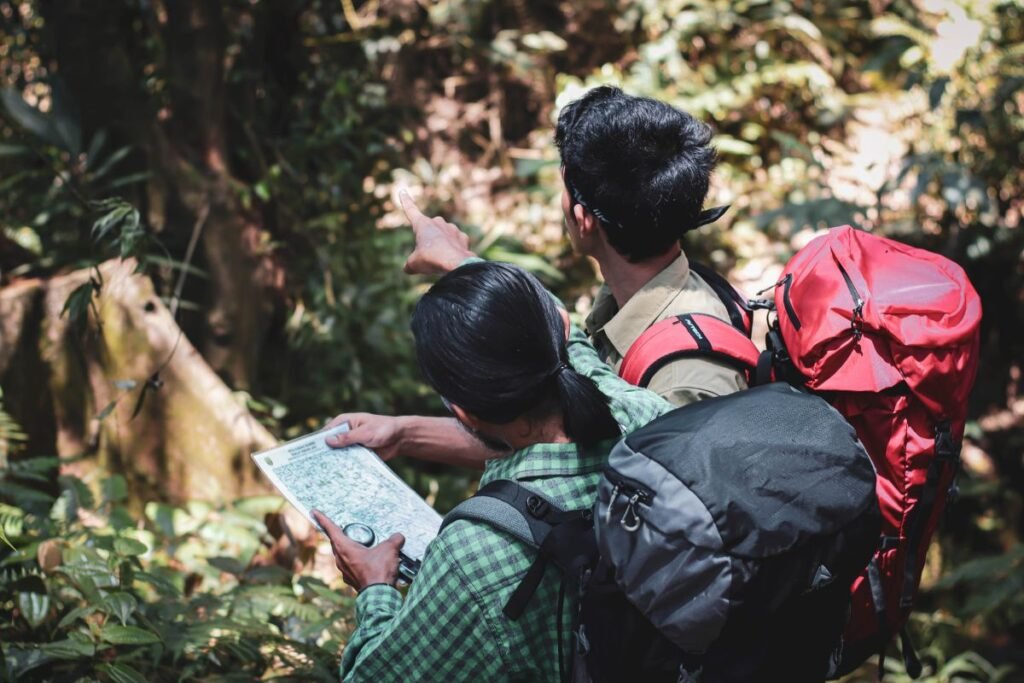
- Yes, it is now mandatory for foreigners to hire a licensed guide when trekking in the Annapurna region.
- This rule was enforced by the Nepal Tourism Board (NTB) from April 1, 2023.
- The purpose is to improve trekker safety, reduce search and rescue cases, and support local employment in mountain communities.
You can no longer do the ABC trek solo unless you have special authorization.
✅ Pros of Hiring a Guide
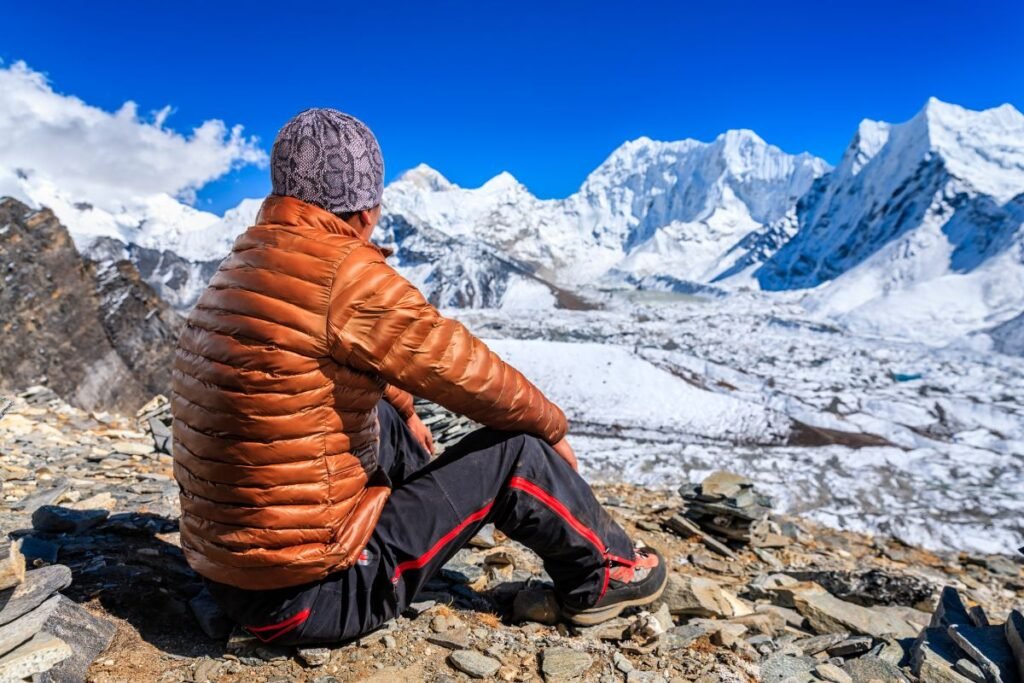
• Ensures Safety and Navigation
- The trail to Annapurna Base Camp is well-traveled but still passes through dense forests, steep ridges, and high-altitude zones.
- A guide knows the safest and most efficient paths, especially if there are landslides, route diversions, or bad weather.
- If you get lost or injured, a guide knows exactly what to do and who to call.
• Helps Prevent Altitude Sickness
- At 4,130 meters, altitude-related illnesses like AMS (Acute Mountain Sickness) are possible.
- A trained guide can spot early symptoms and take action: suggest extra acclimatization time, descend if needed, or contact help.
• Handles Logistics and Reduces Stress
- A guide manages your itinerary, finds teahouses, arranges transport, and communicates with locals.
- This means you don’t need to worry about bookings, directions, or food issues—just focus on enjoying the trek.
• Provides Cultural and Local Insight
- Guides are often from the region and deeply familiar with the culture, language, and history.
- They’ll explain the meaning behind prayer flags, Buddhist stupas, village rituals, and traditional farming practices along the way.
- This adds richness to your trek, transforming it from a walk in nature to a cultural journey.
• Supports Local Communities
- Hiring a local guide or porter helps the mountain economy and provides employment to families in remote areas.
- Many guides are certified by the government or TAAN and take great pride in their role.
• Priority in Teahouses
- In busy seasons, solo trekkers often struggle to find rooms at teahouses.
- Guides can reserve spots ahead or negotiate with teahouse owners to ensure you get a bed—even when the lodges are full.
• Emergency Assistance
- In case of medical issues, landslides, or serious injuries, your guide will organize rescue, call in a helicopter if needed, or arrange fast transport.
- They know how the local system works—something hard to navigate on your own.
❌ Cons of Hiring a Guide
• Adds to Your Budget
- A licensed guide costs $27–$30 per day, so a 7-day trek would cost about $189–$210.
- This is often the biggest concern for budget trekkers.
💡 Tip: You can share a guide with other trekkers and split the cost.
• Less Flexibility
- With a guide, your route and schedule are usually more fixed.
- You may not have full freedom to change plans on a whim, stay longer in a village, or take a rest day without prior discussion.
💡 Tip: Choose a guide who’s open to changes and talk about your preferences beforehand.
• Guide Quality Can Vary
- Not all guides are the same—some may have limited English, less experience, or lower enthusiasm.
- This can affect how much you learn and enjoy the journey.
💡 Tip: Always book through verified agencies, ask for reviews, or request to meet the guide beforehand.
👥 Guide vs Porter vs Porter-Guide
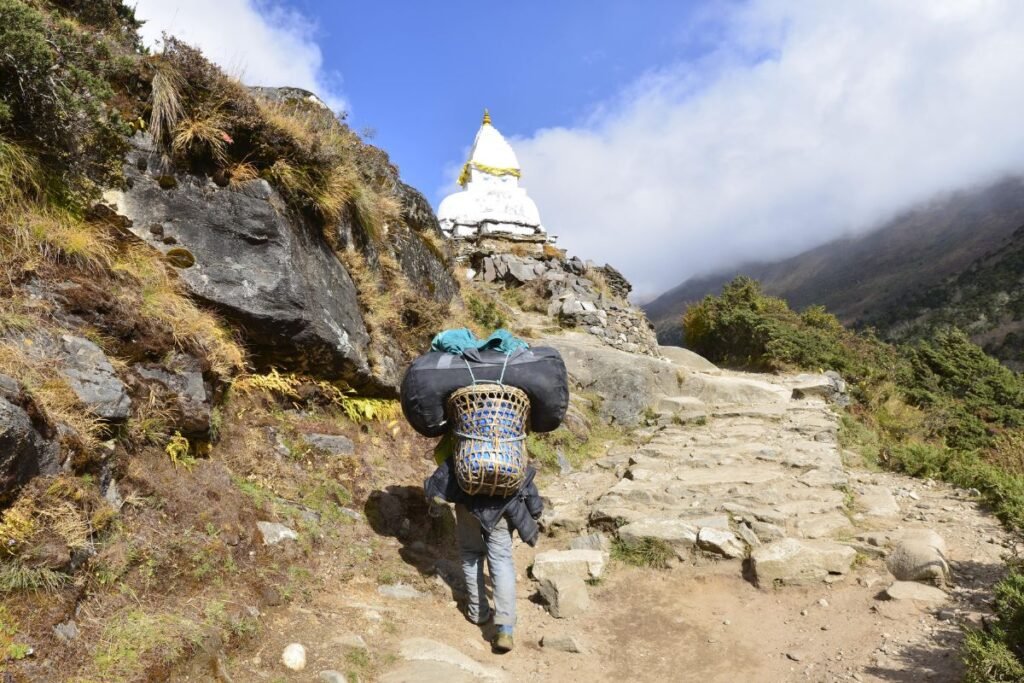
If you’re wondering who does what, here’s the breakdown:
• Guide
- Leads the trek, ensures your safety, explains culture, and handles logistics.
- Costs: $27–$30/day
• Porter
- Carries your bag (up to 20–25 kg), but usually doesn’t speak English or guide the route.
- Costs: $18–$25/day
🔍 How to Hire a Good Guide
Hiring the right guide ensures a safer, smoother, and more enjoyable trek. Here are the best ways to find one:
✅ 1. Reputable Trekking Agency
- Best for first-timers.
- Offers government-certified, insured, and English-speaking guides.
- Handles permits, bookings, and logistics.
- Look for registered companies (TAAN/NTB) with clear pricing.
🌐 2. Online Reviews
- Check TripAdvisor, Google, or TrekkingPartners.
- Look for consistent positive feedback and detailed comments.
- Avoid profiles with vague info or no reviews.
🧭 3. Ask Fellow Trekkers
- Great way to get first-hand recommendations.
- Ask at hostels, cafés, or along the trail in Pokhara/Kathmandu.
🤝 4. Social Media or Friends
- Ask friends who’ve trekked in Nepal.
- Post in forums like Reddit or Facebook groups for referrals.
👋 5. Meet Guides in Person
- If in Pokhara/Kathmandu, meet the guide before booking.
- Ask about experience, licenses, and what’s included in the cost.
📌 Quick Summary: Pros and Cons of Hiring a Guide for ABC
| Pros | Cons |
| Safer navigation & route management | Increases total cost of the trek |
| Support for altitude sickness | Limits spontaneous decisions |
| Handles logistics, permits, accommodation | Not all guides are equally skilled |
| Adds deep cultural and local insight | — |
| Helps with language & communication | — |
| Priority in crowded teahouses | — |
| Emergency evacuation knowledge and contacts | — |
| Supports local economy | — |
🏁 Final Thoughts: Should You Hire a Guide for ABC?
If you’re planning to trek Annapurna Base Camp, hiring a guide is not only legally required—it’s also incredibly beneficial.
A knowledgeable, licensed guide brings:
- Safety
- Comfort
- Culture
- Confidence
Even if you’re an experienced trekker, a guide enhances your journey and supports the local communities that make the Himalayas so special.
✅ Bottom line: Yes, you need a guide—and yes, it’s worth it.
